UpsideDownTree Foto & Bild africa, southern africa, south africa Bilder auf

Baobab the "Upside Down Tree". An African Icon — ChéZoë
Adansonia is a tree genus made up of eight species of large deciduous trees commonly called baobabs - or 'upside down trees'. It has this name because of its peculiar shape - when it's bare of leaves, its spreading, twisted branches look like roots spreading out into the air as if the tree had been planted upside down.

awesome African "upside down" tree Tree, Africa, African
1. There are eight species of the baobab tree (genus Adansonia) - six from Madagascar and one each from mainland Africa and Australia. 2. The baobab's biggest enemies are drought, waterlogging, lightning, elephants and black fungus. 3. Baobabs are deciduous, and their bat-pollinated flowers bloom at night. 4.
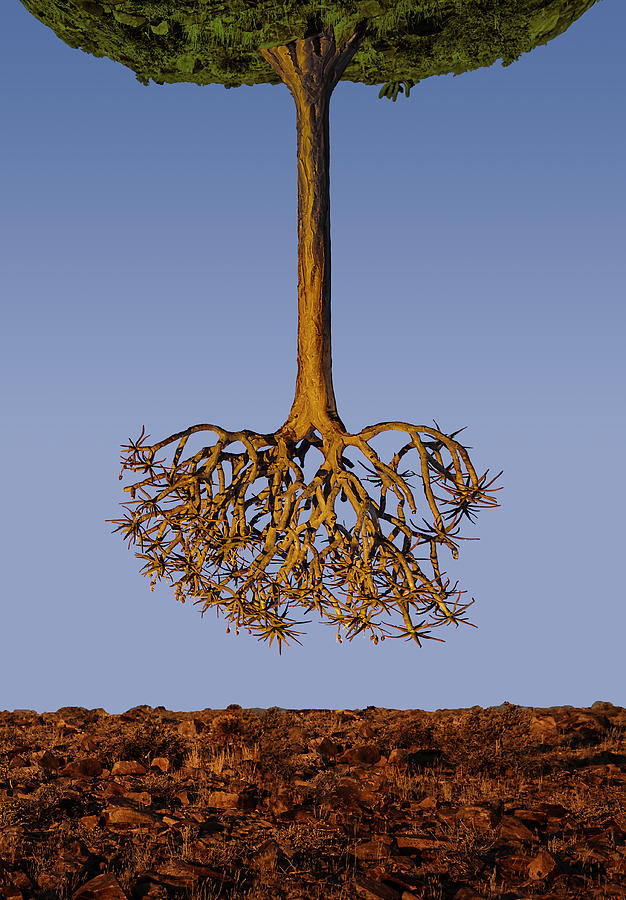
The Upside Down Tree Photograph by Neville Jones Pixels
Bearing witness to centuries of natural history, the iconic "upside down tree," the baobab, punctuates the landscapes of Central and Southern Africa and nearby islands like Madagascar with its imposing presence.
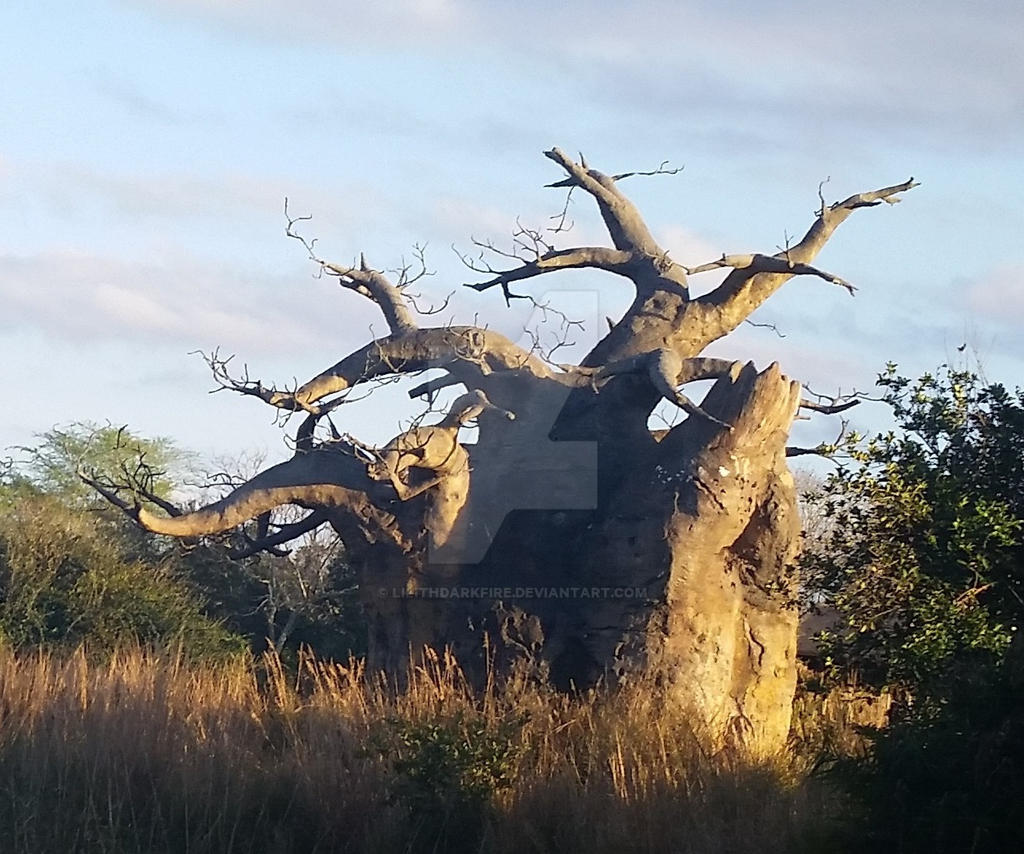
African Upside Down Tree Close Up by LilithDarkfire on DeviantArt
Baobabs are often referred to as upside-down trees, because of the root-like appearance of their tangled branches. Baobab trees grow in hot and dry woodland environments in areas that receive low rainfall. They begin flowering at around 20 years of age. During the southern hemisphere summer, the tree produces very large and heavy white flowers.

Upside down tree garden in Juneau Garden trees, Garden design, Garden
The tree can survive a long drought thanks to the water resources it keeps in its trunk. The African variety of the tree grows in Kruger National Park in the central and northern regions. In fact, the southernmost naturally occurring tree in Africa is in Kruger Park. You can go and see the tree which is 25km (15.5 miles) south of Satara Rest Camp.
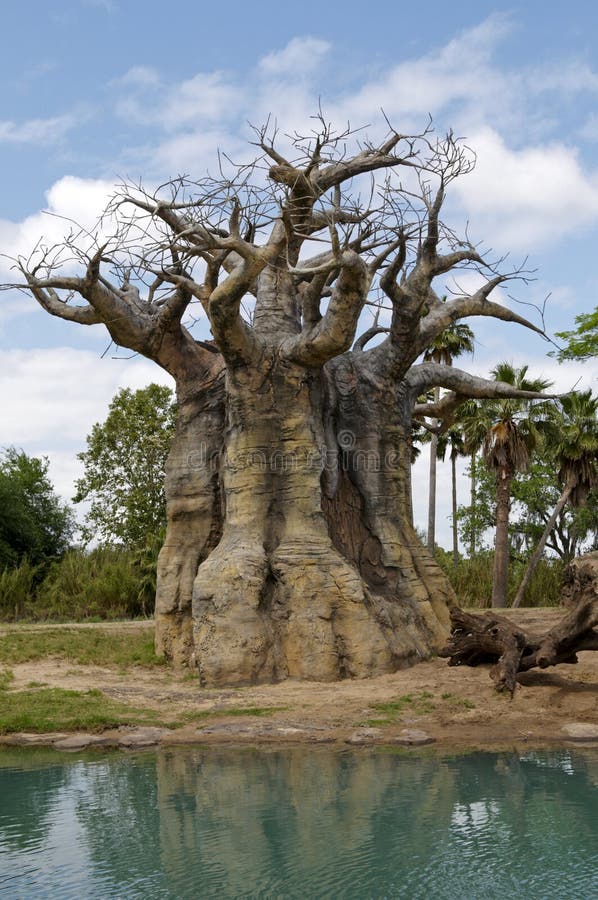
Upside Down Tree stock photo. Image of nature, tree, jungle 4963510
The baobab tree also known as the "upside-down" tree, due to its branches looking like roots sticking up in the air, grows only in Africa, Madagascar and Australia. Adansonia grandidieri, sometimes known as Grandidier's baobab, is the biggest and most famous of Madagascar 's six species of baobabs.

Baobab Tree, Or to the locals, "The upside down tree" Árboles y arbustos, Arboles, Plantación
Upside-down giants with record-breaking lifespans, baobabs are the continent's (and possibly the planet's) most iconic and outlandish trees. Add to that their towering bulk, fire-resistant.
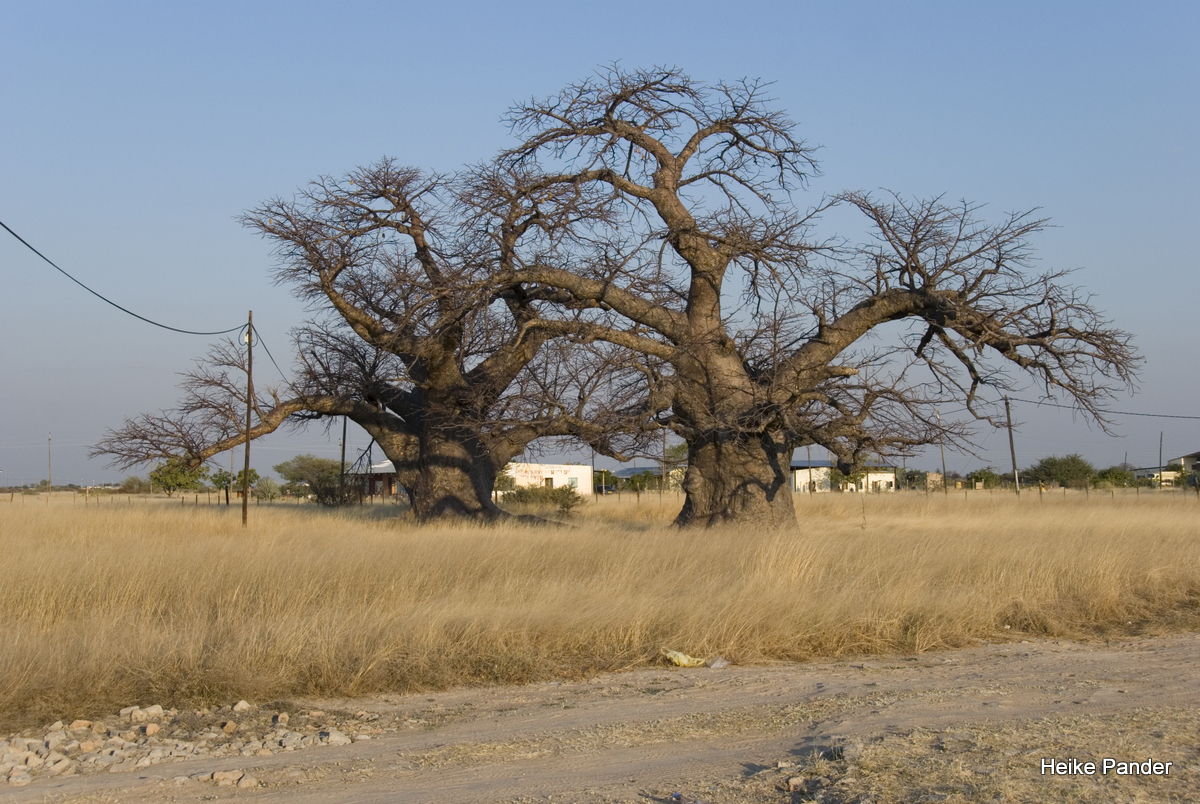
Upside Down Tree Baobab
The baobab is also known as the upside-down tree, because their branches resemble roots. They are a great source of legend and folklore, and the baobab has been adopted by the Limpopo province as one of its tourism icons.

The distinctive shape of the famous 'Upside Down' tree of African savannas is silhouetted in the
The Baobab is known as the "upside-down" tree, because when it is bare, which it is just before, just after, and during the African dry season (which lasts around five months) it looks like it has, quite literally, been ripped from the ground and turned upside-down! The tree can grow to outrageous sizes, growing up to 30 meters (98ft) high.
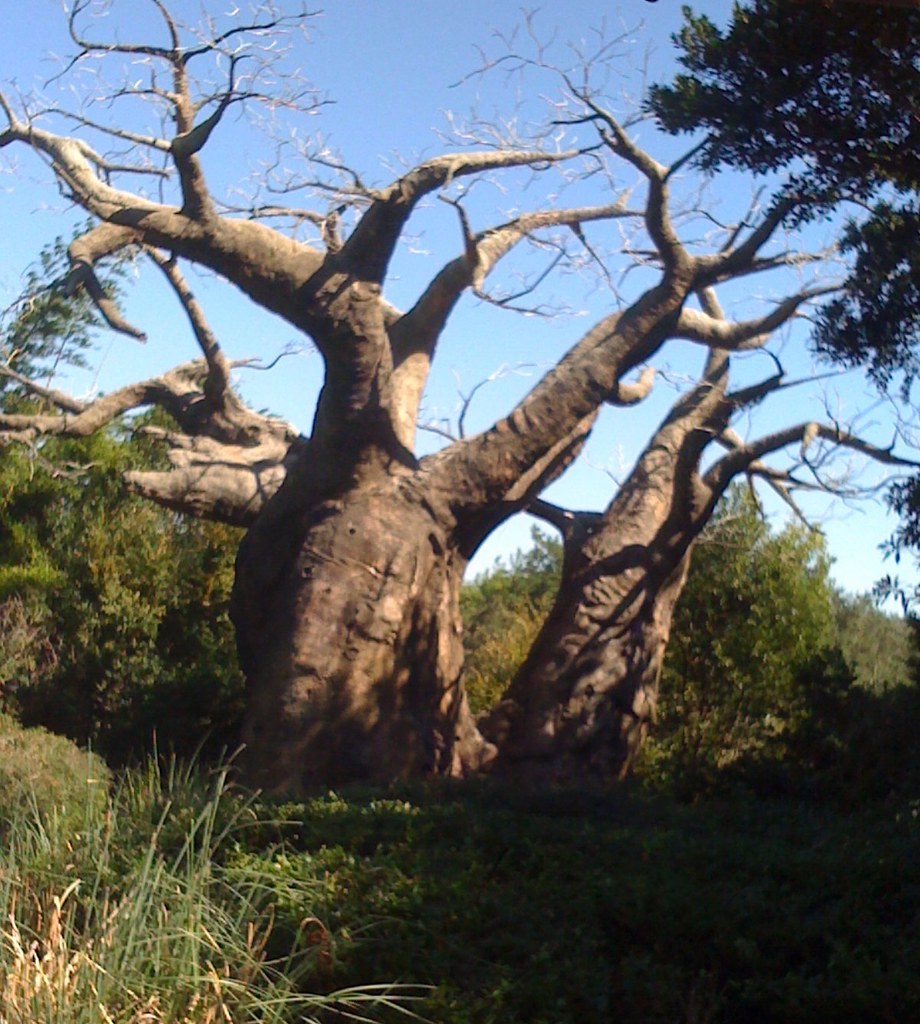
"Upside Down Tree" These residents of the African Savanna … Flickr
The Baobab tree has many myths surrounding its appearance; the tree looks as if it is growing upside down. Many African communities, from Ghana to Malawi, have passed down their stories for generations. Challenges of Keeping the Ancients Alive. Despite its importance in many African communities, the Baobab tree is at risk of becoming extinct.
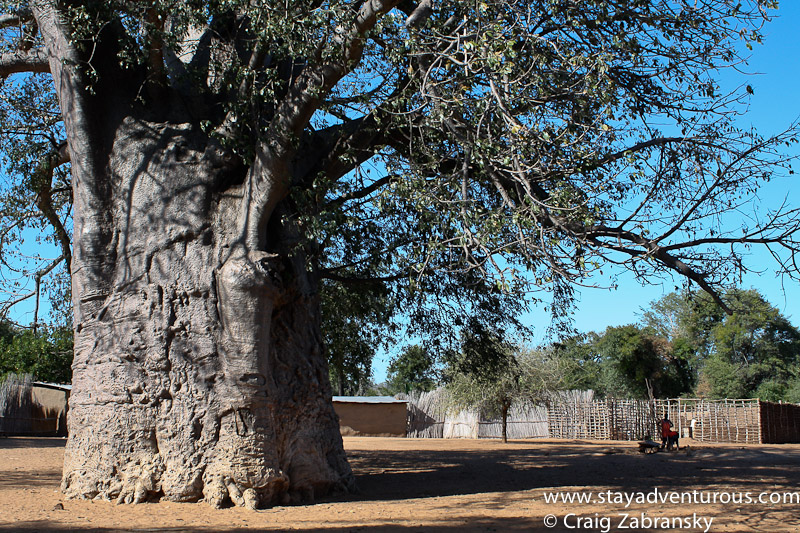
A Namibian Skyline the African Upside Down Tree Stay Adventurous Mindset for Travel Blog
Baobabs are often referred to as upside-down trees, thanks to the root-like appearance of their tangled branches. They are found throughout the African continent, although their range is limited by their preference for drier, less tropical climates.
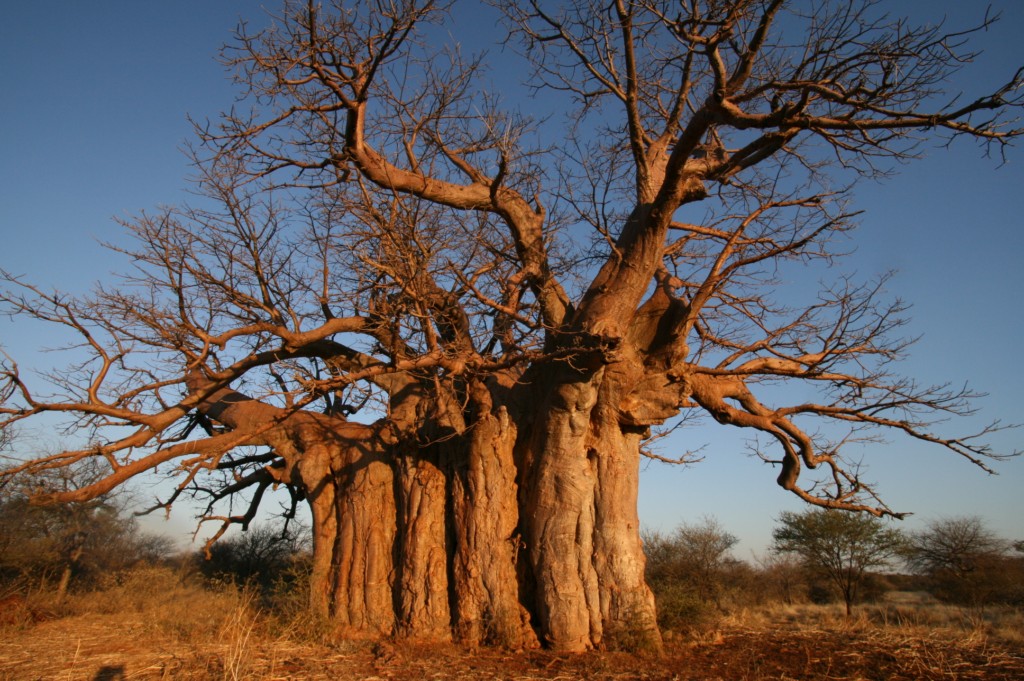
The Legend of the Upsidedown Tree Eco products
Upside Down Tree (Baobab) - The African Tree of Life Upside down tree (Baobab) By Editorial Team / Safari, Environment, Interests The tree that predates humankind and a prominent figure found even on Pangea, over 200 million years ago.

UpsideDownTree Foto & Bild africa, southern africa, south africa Bilder auf
From Wikipedia, the free encyclopedia Adansonia digitata, the African baobab, is the most widespread tree species of the genus Adansonia, the baobabs, and is native to the African continent and the southern Arabian Peninsula (Yemen, Oman). These are long-lived pachycauls; radiocarbon dating has shown some individuals to be over 2,000 years old.
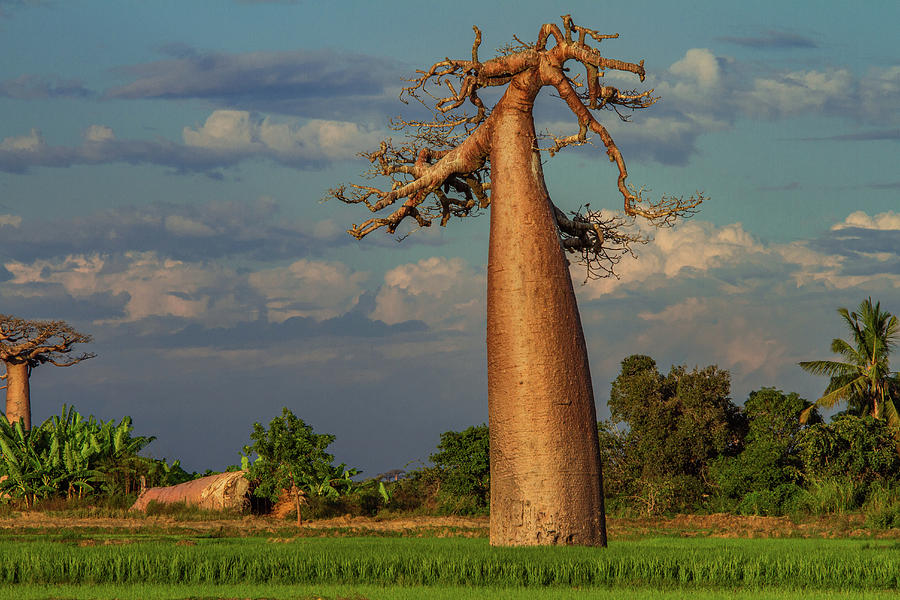
Upside Down Baobab Tree Photograph by Kim Paffen Travel and Wildlife Photography
The baobab is also known as the "upside down tree", a name that originates from several myths. [5] They are among the most long-lived of vascular plants [6] and have large flowers that are reproductive for a maximum of 15 hours. [7]
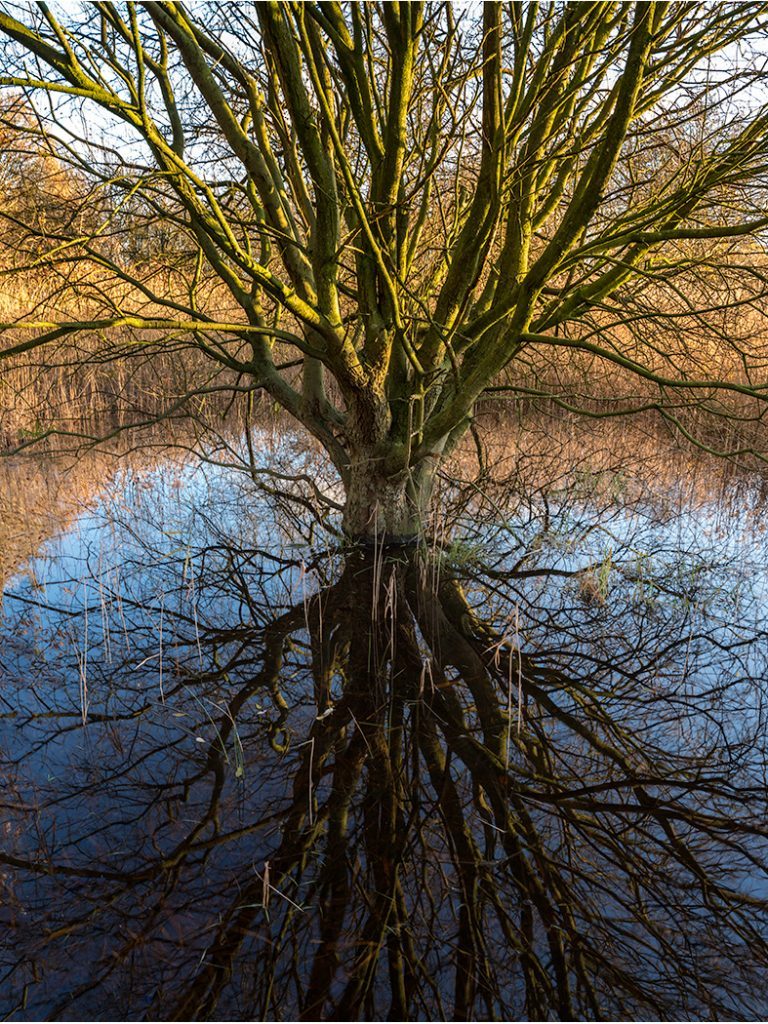
“the upside down tree” Frodsham and District Photographic Society
The African baobab tree, also called the monkey-bread tree and upside-down tree, is a large tree that is very common in much of the African continent, on the hot, dry savannas of sub-Saharan Africa. It has also been introduced to other places like Asia and Australia, but this was through intentional plantation and not natural dispersal.

Upside Down Tree Stock Photo RoyaltyFree FreeImages
The Baobab is also called the upside-down tree because when bare of leaves, the spreading branches of the Baobab look like roots sticking up into the air, as if it had been planted upside-down.